If you have soil that’s been contaminated by lead, you know that it’s probably not safe for vegetable gardening and it can also be a hazard to children and pets who play on your property. Lead can be a serious problem in gardens, ponds and wetlands, in addition to posing health risks for growing kids.
Lead contamination is a common problem for property owners because once lead is in soil, it does not biodegrade and persists for thousands of years. While lead is no longer commonly used in products like paint and gasoline, once properties are contaminated the lead remains in the soil.
The two major sources of lead contamination are from lead-based paint where contamination occurs when paint chips from old buildings mix with the soil and from auto emissions for properties in urban areas, especially near busy streets. Because of this, lead contamination tends to be highest near old houses, outbuildings and streets. Your county extension office can help you test your soil to see if you have contamination.
If tests show that your property has some lead contamination but not high levels, it is generally advised not to grow leafy vegetables or root vegetables in your soil until the lead levels are reduced (fruiting vegetables like tomatoes, peppers, squash, cucumbers, peas, beans and corn absorb less lead). It is also advised to keep children away from the soil and encourage them to play in a raised, covered sandbox away from the heaviest contamination (typically near buildings and driveways).

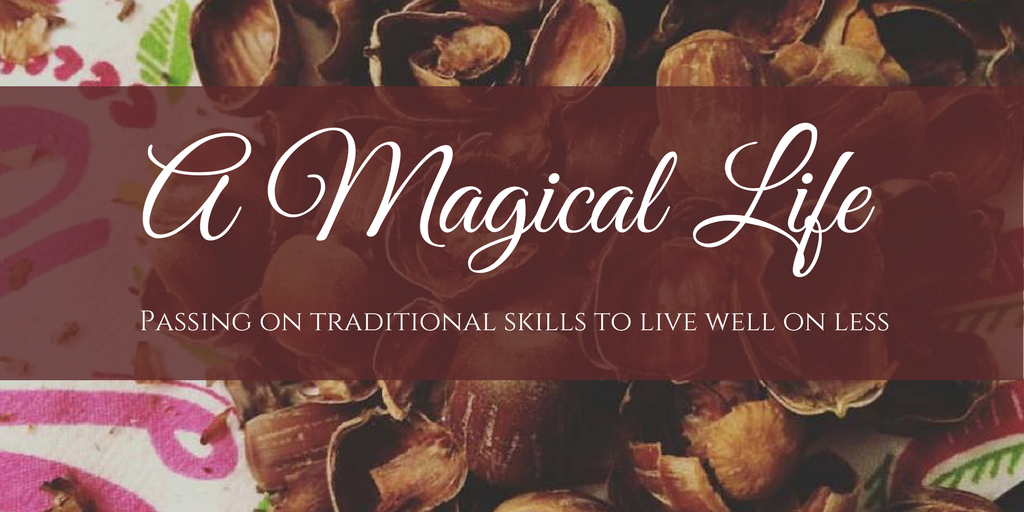



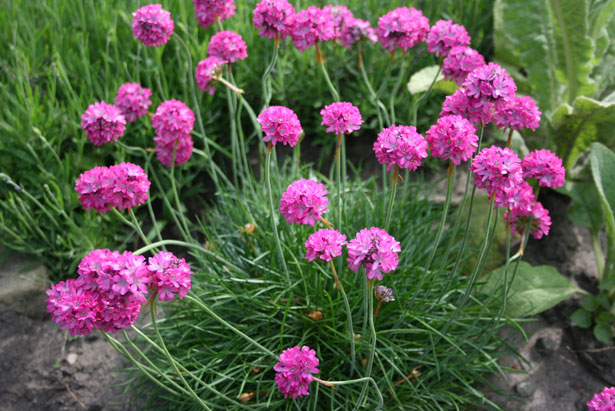
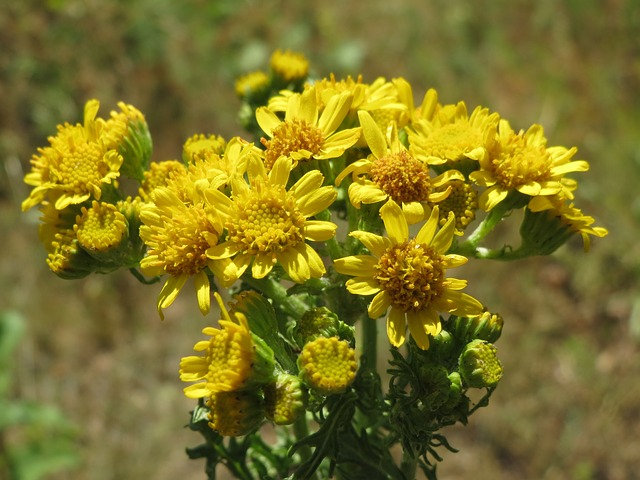
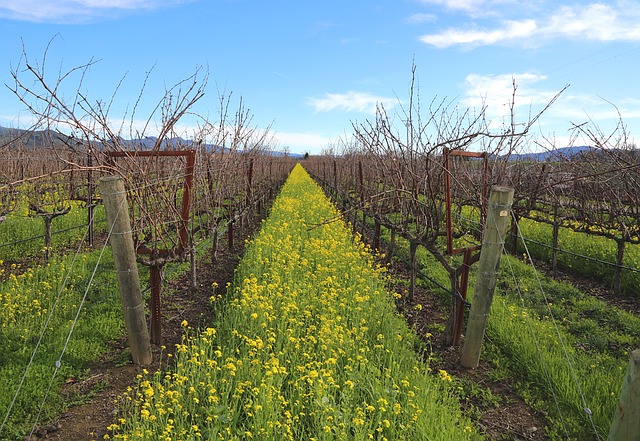
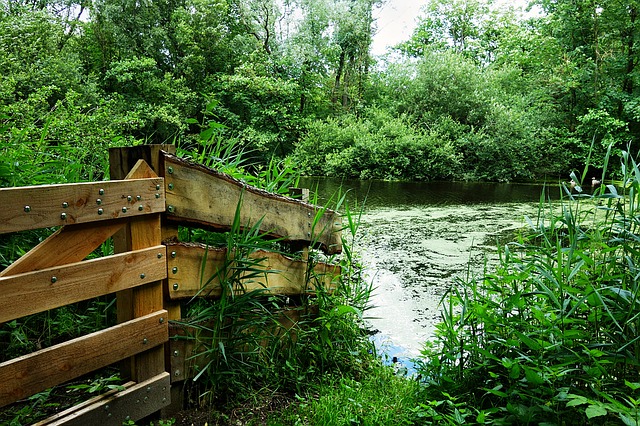
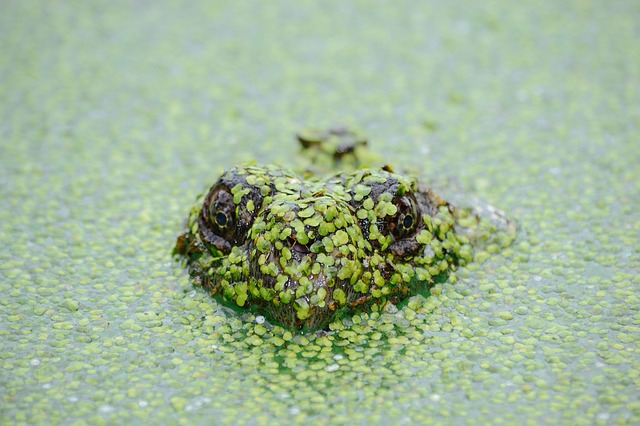
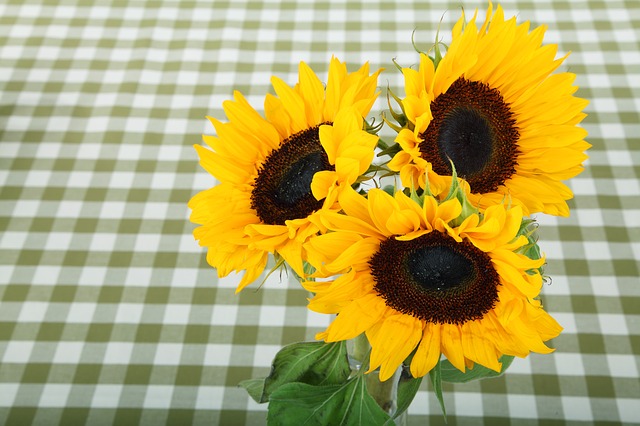


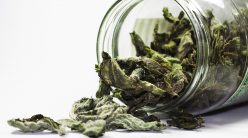


8 thoughts on “Seven Plants, Weeds and Flowers That Naturally Remove Lead from Your Property”
David Bowskill
(February 4, 2018 - 4:31 am)Good article – interested in methods of removing lead from soil
Brian
(March 18, 2019 - 5:42 pm)Are there any plants (preferably indoor) you could recommend to help filter lead out of the air? My city has been tested and found to have abnormally high levels of airborne lead.
Alicia Bayer
(March 18, 2019 - 5:45 pm)Yes, we have a list of 10 great houseplants for purifying indoor air here: http://magicalchildhood.com/life/2017/07/06/the-10-best-houseplants-for-purifying-indoor-air/
Alison
(July 11, 2019 - 7:20 pm)What should one do with the plants after removed from the yard? composting them would just reintroduce the lead to the soil, so how should they be disposed of?
Sarah
(July 22, 2019 - 7:50 pm)I agree with Alison, what’s the proper disposal of the plants once they’ve done their job?
Alicia Bayer
(July 30, 2019 - 2:56 am)In this case, it’s best to send them to the landfill. Composting them will reintroduce the toxins into your soil. It’s one of the only times we don’t compost.
alli
(October 28, 2022 - 5:50 pm)do you have any scientific proof of your claims? I have searched up the same questions and some websites say that plants cannot absorb lead.
Alicia Bayer
(October 30, 2022 - 1:11 pm)Yes, there are many sources linked in the article to reputable sources like the USDA and scientific studies. It’s well known that some plants are excellent at phytoremediation of lead so I’m not sure why any websites would claim otherwise. The sources are linked in blue in the article.